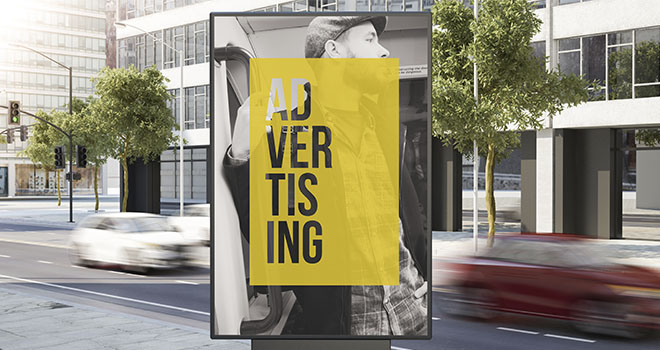“One of SA’s big five banks has been censured for practising “deception” in advertising for its rewards programme,” according to an article in the Sunday Times. The bank’s scheme offered “up to R5 back” per litre of fuel bought at a certain filling station. In a ruling by the Advertising Regulatory Board, it was ordered to withdraw this claim because it applies to a very limited section of qualifying customers.
“The Advertiser is free to impose whatever requirements it wishes, within the law, to its rewards programme. It is acceptable that the tier 5 requirements include a R20 000 credit card spend. The issue is that the advertising offers an “up to R5” benefit to ALL customers, and only 1% of that target market qualify.”
“…the Advertiser appears to be advertising a benefit that is outside the reach of 99% of its customers but is not clarifying this in the advertising,” the decision of the Advertising Regulatory Board reads.
The bank indicated that it is reviewing the Advertising Regulatory Board decision and considering its legal options.
Code of Conduct requirements on advertising
In 2020, extensive amendments to the General Code of Conduct for Authorised Financial Services Providers and Representatives under the FAIS Act were published, including changes to the Advertising section. Section 14 of the General Code of Conduct contains details regarding advertising principles, requirements and standards.
It is important that you always acquaint yourself with all the detail, as the section was substituted in totality.
Let’s recap:
- The Key Individual or a person of appropriate seniority to whom the key person has delegated the approval, must have a documented process and procedure to approve advertisements.
- Advertisements must be factually correct, clear, accurate, balanced, and not misleading. According to the FSCA, advertisements that do not fairly represent the product or its key features and risks it can be misleading and create unrealistic expectations that may lead to poor financial decisions and poor customer outcomes. “The new requirements, inter alia, seek to ensure that clients are not subjected to aggressive, misleading, or unwanted marketing and are able to make informed decisions.”
- Where it is not practical to include all information in the advertisement itself, itt must indicate that additional information on key limitations, exclusions, risks and charges related to the financial product, financial service or related service being advertised is available.
- An advertisement must not criticise or belittle any financial product, financial service, product supplier or provider.
- An advertisement must use plain language.
- A provider must keep adequate records of all advertisements for a period of at least 5 years after publication.
- An FSP must allow the client the opportunity to demand that he or she does not receive any further advertisements through any of the direct mediums.
- Advertisements that include puffery, i.e. an exaggerated opinion of quality, must be consistent with the provisions relating to puffery in the Code of Advertising Practice Issued by the Advertising Regulatory Board as amended from time to time
- Endorsements and testimonials must be based on genuine opinion and actual experience.
- An advertisement that references a loyalty benefit (including so-called cash- or premium-back bonuses in relation to insurance policies) or no-claim bonus must not create the Impression that such benefit or bonus is free. “Clients must be in a position to understand exactly what services they are paying for”.
- No projected benefits may be included in advertisements, if the benefits depend on future unknown investment performance, unless used to demonstrate the benefits of savings in general.
Click here to download Section 14 of the Amendment of the General Code of Conduct for Authorised Financial Services Providers and Representatives, 2003 (GCOC).
Click here to download the decision of the Advertising Regulatory Board.
Also read: Product Advertising – Misleading advertisement exposed
Also read: Fuel rewards at South Africa’s big banks compared



